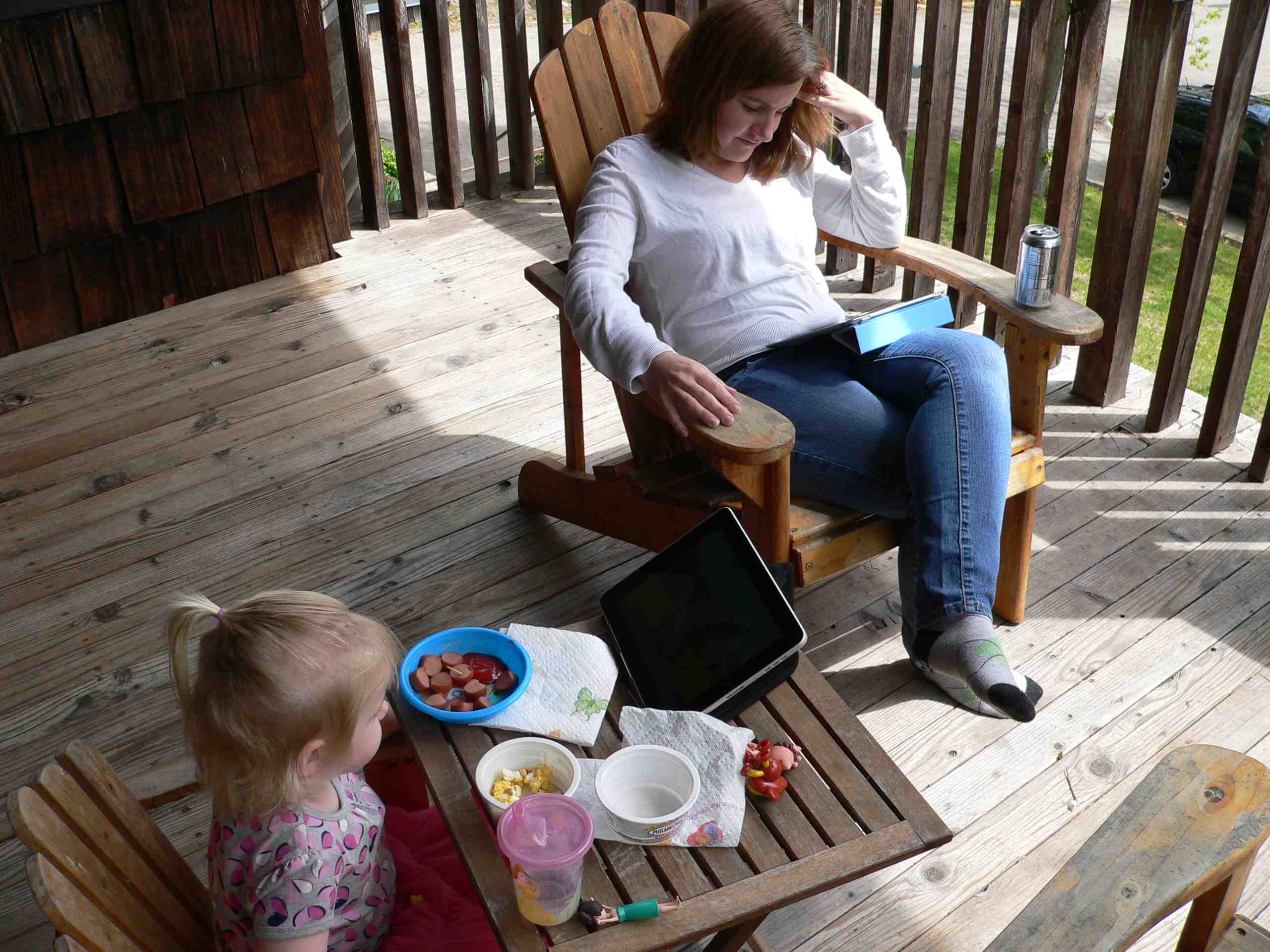While promoting today that the “U.S. Department of Agriculture continues to modernize its food safety program,” a press release from last week contradicts its own agency advice.
 Jane Doherty, international coordinator, at USDA’s Food Safety and Inspection Service, writes that each year, America imports over 3.5 billion pounds of meat, poultry, and egg products. As our food supply becomes increasingly globalized, it is important to continually strengthen our regulatory programs to ensure that the food on your family’s table is safe. USDA’s Food Safety and Inspection Service (FSIS) is the agency that verifies these products are safe, wholesome, and correctly labeled and packaged, whether they are produced in the U.S. or abroad. …
Jane Doherty, international coordinator, at USDA’s Food Safety and Inspection Service, writes that each year, America imports over 3.5 billion pounds of meat, poultry, and egg products. As our food supply becomes increasingly globalized, it is important to continually strengthen our regulatory programs to ensure that the food on your family’s table is safe. USDA’s Food Safety and Inspection Service (FSIS) is the agency that verifies these products are safe, wholesome, and correctly labeled and packaged, whether they are produced in the U.S. or abroad. …
“Our mission is to protect the public health, and our system boasts stringent science based requirements that are respected around the world.”
But when announcing the recall of Kenosha Beef International cooked patties due to possible Listeria contamination last week, the FSIS announcement advised, “reheat ready-to-eat product until steaming hot.”
Is this the American version of piping hot?
FSIS also said consumers with food safety questions can “Ask Karen,” the FSIS virtual representative available 24 hours a day at AskKaren.gov.
So I did.
What temperature should you reheat leftover hamburgers?
How do I reheat leftovers safely?
Even though foods may have been safely cooked, bacteria from the air or people’s hands can contaminate the leftovers. Always reheat leftovers thoroughly in a conventional or microwave oven or on the stove top. Always test reheated leftovers in several places with a meat thermometer to be sure they reach 165 °F (73.8°C) throughout. When reheating foods in the microwave, cover and rotate or stir foods once or twice during cooking.
And, as usual, USDA sticks with the clean-cook-chill-separate dogma while ignoring the fifth factor that has been promoted by the World Health Organization since 1999: chose wisely, or source food from safe sources.
(The video, however, is cheesy.)

 iPhone, iPad, and Android devices.
iPhone, iPad, and Android devices.